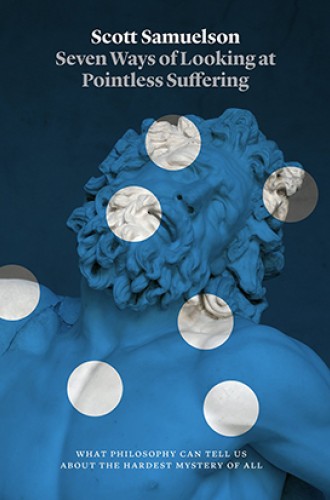How people deal with pointless suffering
Scott Samuelson considers seven responses to the age-old mystery.
There is both danger and benefit in addressing a philosophical problem from multiple angles of vision. The danger is the temptation to make lists without ever approaching a definitive conclusion. The benefit is the expansion of thinking that comes from entertaining a variety of perspectives. Scott Samuelson takes the latter approach in this compelling and highly readable assessment of modern and perennial responses to suffering
Seven Ways isn’t a work of Christian theodicy, but it has plenty of applications for people who regard suffering in companionship with Christ as more than a philosophical option. The book is informed by both Christianity (whose central symbol is an instrument of torture) and Buddhism (which understands the necessity of converting suffering into compassion). Samuelson’s most immediate context is Oakdale Prison in Coralville, Iowa, where he taught philosophy to inmates who were willing sounding boards for his discussion of “pointless suffering.”
The word pointless is meant to trigger a response. The world of suffering is inexhaustible: physical, spiritual, emotional, and cultural agonies touch us all in one way or another. Samuelson begins where considerations of suffering often begin, with the innocence of children. A child who is cruelly abused or trafficked, or who bears the burden of terrible and unexplained deficiencies, leads us ineluctably to ponder the pointlessness of such pain. In a masterpiece of understatement, Samuelson writes that “it’s impossible to be human and not to encounter certain sharp difficulties that just don’t seem to fit into any normal scheme of goodness or meaning.”





